10% off £30 OR 15% off £40
14 of the best probiotic foods and supplements
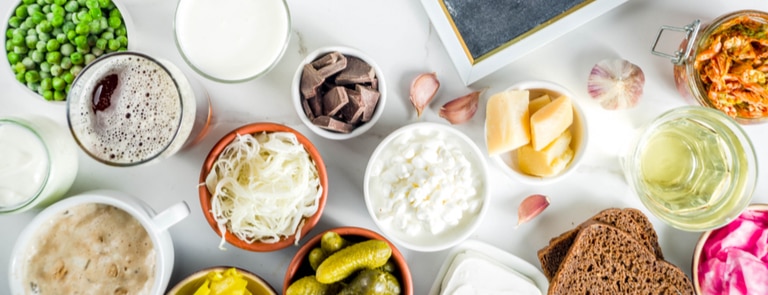
Looking for a healthy dose of probiotics to perk you up? One of the best – and easiest - ways to top up on these beneficial bacteria is through your diet. Let’s tuck in, shall we?
Skip to:
What are probiotics?
Probiotics is a term for a collection of live microorganisms that can have health benefits when we eat, drink, or apply them to our bodies.1
You will commonly find probiotics in fermented foods like yoghurt, dietary supplements and even cosmetic products.2
Some of the most common strains come from the Lactobacillus and Bifidobacterium family, but other types of bacteria may also be used as probiotics.
PS. Although bacteria and other live microorganisms often have a bad rep, many of these ‘germs’ are actually helpful. The microorganism we find in food are usually very similar to the one’s already naturally living in our body.3
You may also like: 5 surprising facts about prebiotics and probiotics
What foods contain probiotics?
Most probiotics in food are created in the fermentation process. This is one of the oldest food-preservation techniques and is also why we still have beer and wine!
Foods and drinks go through a process called lactofermentation to become fermented. This is when natural bacteria feed on the starches and sugars in food to create lactic acid. This creates a perfect environment for preserving food and also promotes the production of various ‘good bacteria’ species, as well as B vitamins, enzymes, omega-3 fatty acids.
Most, not all, fermented foods contain probiotics. Some don’t as they go through processes that removes their probiotic powers like, baking, canning or the wine-making procedure.
Fermentation: the secret to good gut health?
Fermentation has been around for thousands of years, helping our ancestors preserve food. Here are some fermented foods and their benefits for gut health.
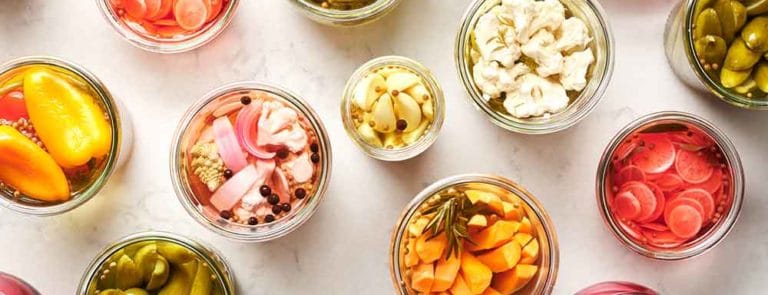

9 of the best probiotic foods and drinks
Making sure you’re consuming healthy probiotics through your diet is quite easy when you know what the best sources are.
The majority of probiotic-rich foods are pretty healthy too, so you get more than one benefit from your munching!
Here are 9 of the best naturally probiotic-rich foods and drinks.
1. Yoghurt
Yoghurt is one of the best-known sources of probiotics, and for good reason!
It is made by fermenting milk with ‘good bacteria’ like bifidobacterial and lactic acid bacteria, giving it extra health benefits as well as the creamy taste and texture we love.
Research suggests that eating bacteria-rich yoghurt regularly could help with the following health issues.4
You may also like: Low cholesterol diet recipes: Fruit Salad with Fat-Free Greek Yoghurt
2. Kefir
Another fermented milk drink is Kefir, which is made by adding kefir grains to goat’s or cow’s milk.
Kefir grains are cultures of yeast and lactic acid bacteria.
It works in a similar way to yoghurt as a probiotic. However, it also comes with the added benefits of yeasts, organic acids, polysaccharides and various other metabolites.
For all you vegans out there: don’t worry! Soy-based and coconut kefirs are becoming more and more popular.
You may also like: What’s coconut kefir and what can I make with it?
3. Tempeh
Tempeh, a fermented soybean food, originates from Indonesia but has become popular worldwide, especially with vegetarians and vegans due to its unique taste and high protein.
To make tempeh, soybeans are soaked, cooked and inoculated with mould, usually from the Rhizopus family.5 This process increases its levels of vitamin B12 and lowers the levels of phytic acid normally found in soybeans, which makes iron and zinc easier to digest.
Studies have been conducted linking tempeh to gut health, but further research is needed to see if this could translate to humans.6
You may also like: The health benefits of eating tempeh
4. Miso
Miso is another fermented soybean creation, this time from Japan, and is used a seasoning.
It is commonly made by fermenting soybeans with a mould called koji and salt but can also be made by mixing soybeans with ingredients like rye, rice and barley.
Miso contains several species of Bacillus after fermentation.7 And a study found that some samples of miso contain Lactococcus.8
It is a good source of fibre, protein and other nutrients, with an intense taste. People usually use it to make a traditional Japanese dish called miso soup.
You may also like: Miso health benefits
5. Natto
Similar to miso, natto is another fermented soybean treat.
This one contains a strain of bacteria called Bacillus subtilis, and is also rich in the bacterias nattokinase and bacillopeptidase F. Nato can also help you get enough vitamin K.9
6. Sauerkraut
You may have already had some of this tangy goodness on a hot dog or served as a side dish! Sauerkraut is simply cabbage that has been finely shredded and fermented with lactic acid bacteria.
This traditional food is popular all over Europe, due to its nutritious and sour-salty taste.
Sauerkraut is low in calories, rich in fibre, and also contains B vitamins, vitamin C, vitamin K, iron and manganese to complement its probiotic power.
P.S. You need to make sure your sauerkraut is unpasteurised to enjoy its probiotic goodness.
7. Kimchi
Similar to sauerkraut, kimchi is also fermented cabbage-based dish brimming with probiotic potential.
It can also be made with other vegetables as the main ingredient, but cabbage is the most popular. Garlic, red pepper powder, chilli, ginger, onion and salt get added to the mix to give a spicy kick to this popular Korean side dish.
Many Koreans serve kimchi with steamed rice at every meal due to its great taste and potential health benefits.
You may also like: Kimchi poke bowl recipe
8. Pickles
Pickles, aka. gherkins are cucumbers that have been preserved in water and salt.
When they are left to ferment, they release their own lactic acid bacteria, which is also what gives them their sour taste…
Don’t stop at cucumbers though. You can pickle lots of other foods and enjoy similar probiotic benefits, like onions, beetroot, celery, tomatoes, artichokes, peppers, chilli, garlic…. we could be here all day!
P.S. Make sure you choose pickles fermented in water, not vinegar, as this kind does not contain live probiotics
You may also like: What ingredients can you pickle?
9. Kombucha
Kombucha has really taken off in the last decade or so, for good reason!
This fermented tea has actually been consumed for thousands of years. You get all the usual health benefits of tea, as well as potential probiotic power from the fermentation process.
When the tea gets fermented, it produces acetic acid (which makes it carbonated) and sever species of lactic acid bacteria that have been seen to have probiotic benefits in other foods.10
The research looks promising, but more human studies into kombucha need to be conducted to conclude its probiotic benefits.11
You may also like: What is kombucha?
The 5 best probiotic supplements
If you would rather take a probiotic supplement, here are 5 of the best probiotic tablets and supplements.
Gut Powered probiotic capsules
Each product in our range of Gut Powered supplements all contain a blend of 10 billion + live friendly bacteria:
- Lactobacillus acidophilus
- Bifidobacterium lactis
- Bifidobacterium bifidum
- Lactobacillus paracasei
These are then combined with other helpful nutrients to help you feel good from the inside out.
1. Gut Powered Immune Support
With added vitamin C, vitamin D, elderberry extract and beta glucans to promote a health immune system.
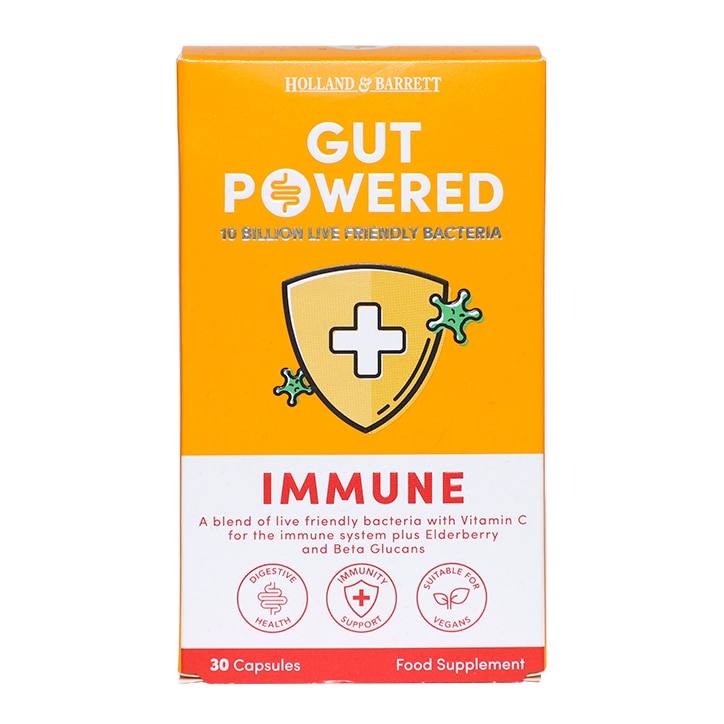

2. Gut Powered Energy
With added vitamin B, vitamin D, coenzyme Q-10, guarana seed, zinc and calcium to promote your body’s energy-yielding metabolism and help you feel energised.
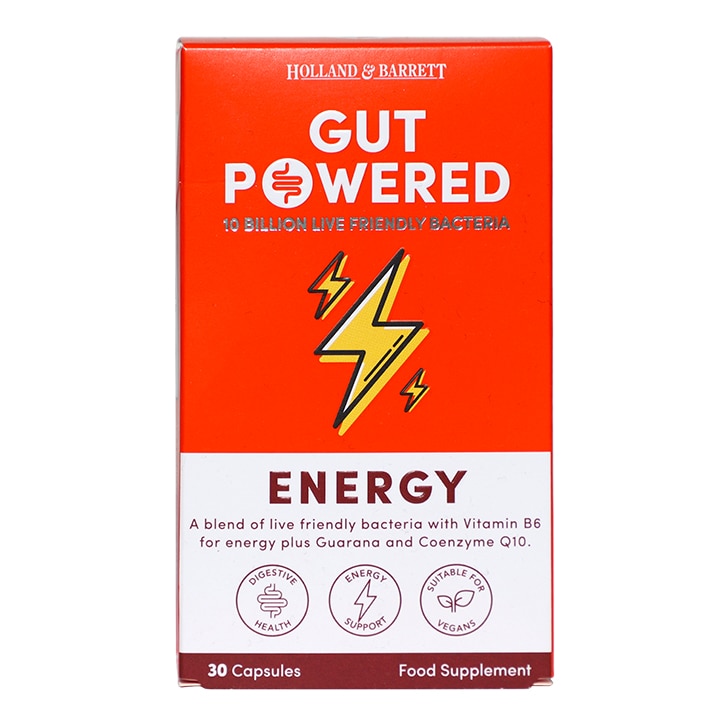

3. Gut Powered Night
With added vitamin B6, vitamin D, chamomile flower powder, 5-HTP and, magnesium. Magnesium helps reduce tiredness and fatigue, giving you better energy throughout the day.
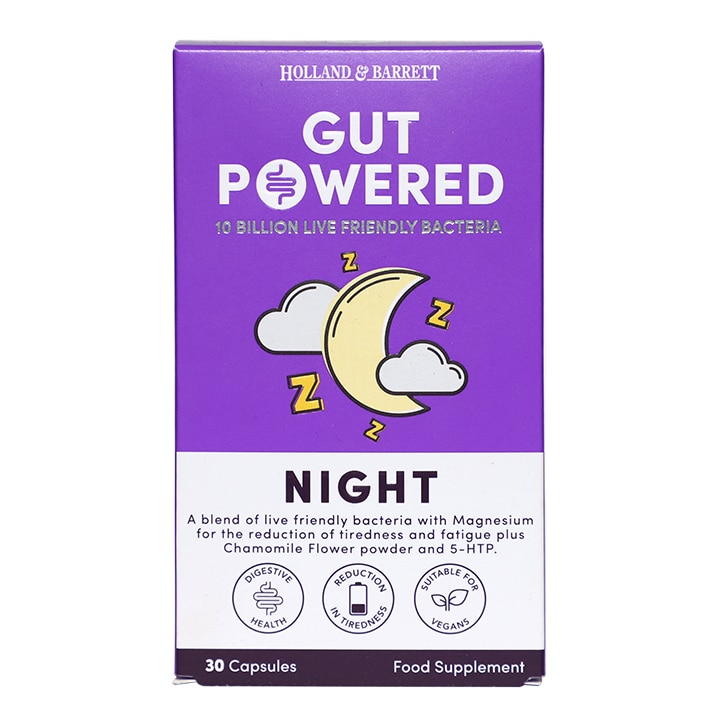

4. Gut Powered Focus
With added vitamin B12, vitamin B9, vitamin E, resveratrol, cocoa extract and calcium to support your cognitive function throughout the day.
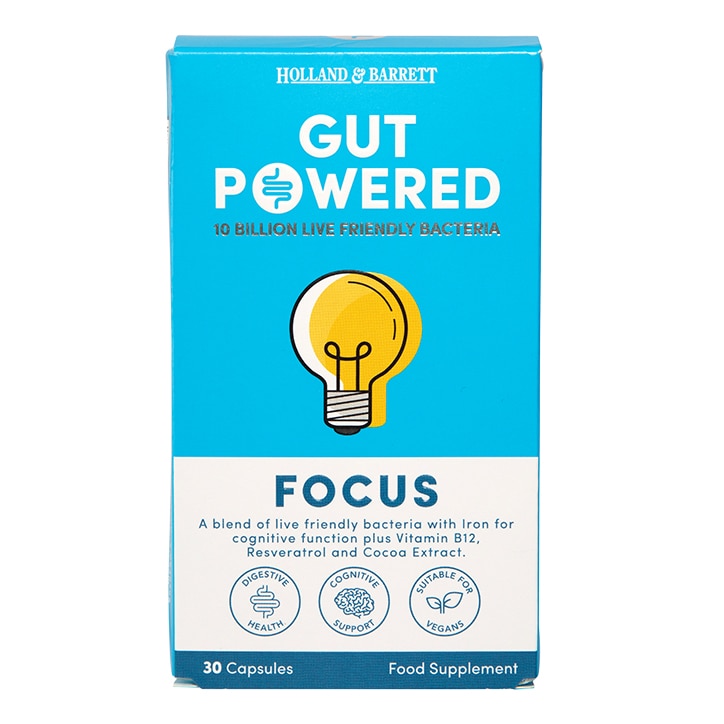

5. Gut Powered Ultimate
This formula has a whopping 50 billion live friendly bacteria in each capsule, the most potent of the range, with added calcium to help it do its thing.
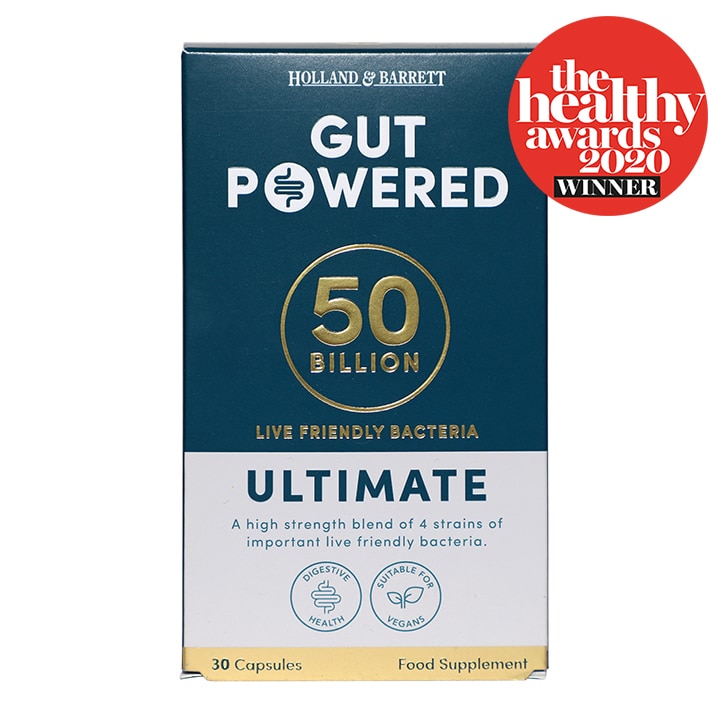

Are bananas a good source of probiotics?
No, but bananas are a good source of prebiotics, which lend a helping hand to probiotic bacteria in our gut.
Can you eat food with probiotics?
If you are taking probiotic supplements or probiotic tablets, check the back of the label to see if you should take them with food or not.
What foods to avoid while taking probiotics
Some foods can interfere with probiotics, including:12
- Fizzy drinks
- Some dairy foods
- Eggs
- Meat
- Fried food
The advice in this article is for information only and should not replace medical care. Please consult your GP if you want to start adding more probiotic-rich foods into your diet, especially if you have an existing condition. And if you don’t usually eat these foods, make sure to add them slowly and gradually into your diet.. Food supplements must not be used as a substitute for a varied and balanced diet and a healthy lifestyle.
Last updated: 07 May 2021
- https://www.nccih.nih.gov/health/probiotics-what-you-need-to-know
- https://www.nccih.nih.gov/health/probiotics-what-you-need-to-know
- https://www.nccih.nih.gov/health/probiotics-what-you-need-to-know
- https://www.researchgate.net/publication/280566268/
- https://pubmed.ncbi.nlm.nih.gov/8267862/
- https://www.ncbi.nlm.nih.gov/pmc/articles/PMC6163431/
- https://www.ncbi.nlm.nih.gov/pubmed/12859661
- https://www.ncbi.nlm.nih.gov/pmc/articles/PMC6723656/
- https://www.ncbi.nlm.nih.gov/pubmed/24290641
- https://www.ncbi.nlm.nih.gov/pubmed/24290641
- https://www.sciencedirect.com/science/article/pii/S1047279718307385
- https://www.medicalnewstoday.com/articles/326256/

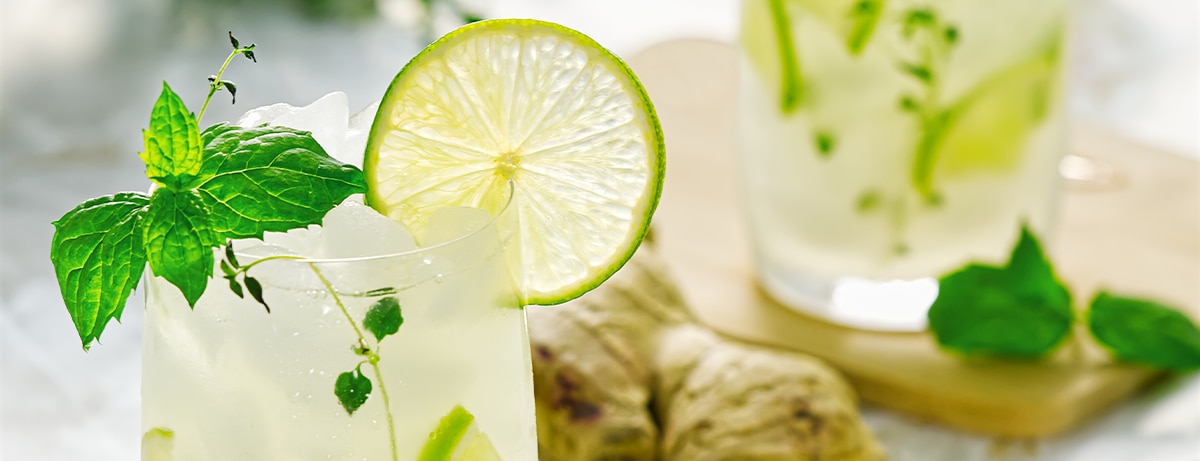
.png)










